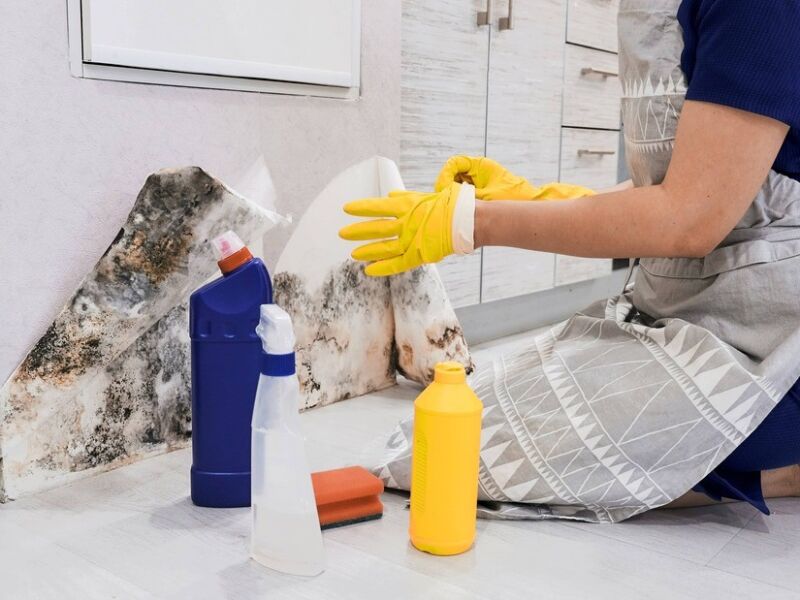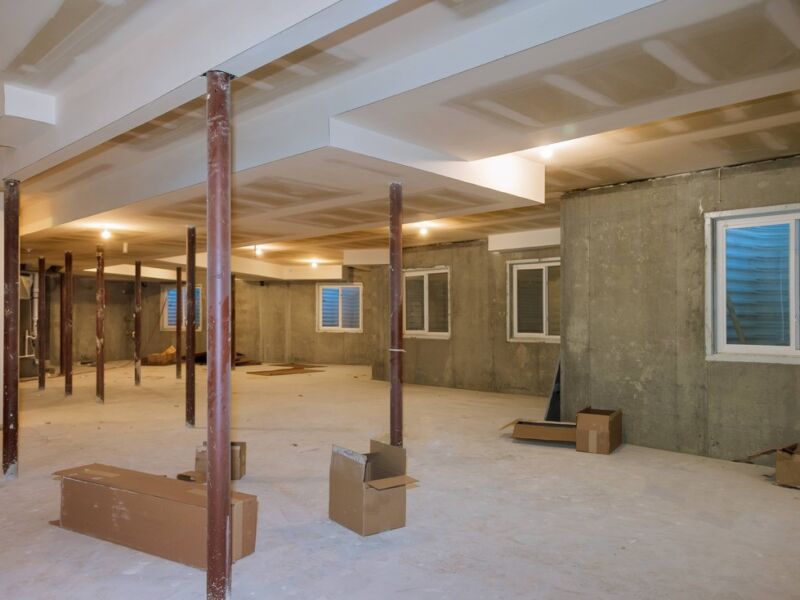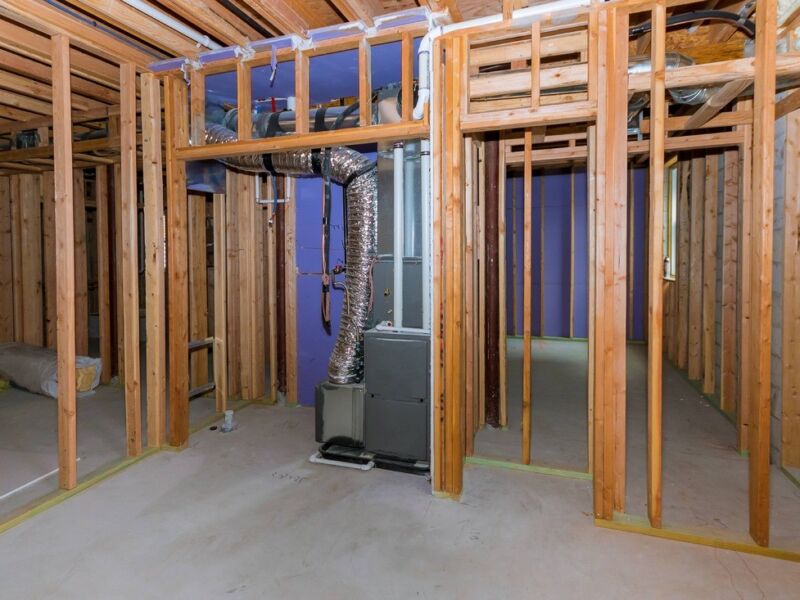
Introduction
Basements are vulnerable to water damage and can often become breeding grounds for mold and mildew. Removing mold and mildew from your basement is essential for a healthy living environment and to prevent further damage. In this comprehensive guide, we will explore various methods and techniques to effectively remove mold and mildew from your basement. We will also provide tips on preventing basement flooding and water damage in the future.
Understanding Mold and Mildew

Mold and mildew are types of fungi that thrive in damp and humid conditions. They can easily grow in basements due to the underground nature and lack of proper ventilation. Mold and mildew not only cause musty odors but also pose health risks. They can trigger respiratory issues and allergies, especially in individuals with compromised immune systems.
Identifying Mold and Mildew
Mold and mildew can appear as black, green, or brown patches on walls, floors, and other surfaces. They thrive in moist areas and can often be found in basements that have experienced water damage or flooding. If you notice a musty smell or see discoloration on surfaces, it is likely that you have a mold or mildew issue in your basement.
The Dangers of Mold and Mildew
Mold and mildew can cause a range of health problems, including respiratory issues, allergies, and even infections. Prolonged exposure to mold and mildew spores can have serious consequences for your health, especially if you have existing respiratory conditions or weakened immune systems.

Steps to Remove Mold and Mildew from Your Basement
1. Identify the Source of Moisture
The first step in removing mold and mildew from your basement is identifying and eliminating the source of moisture. Check for any leaks, plumbing issues, or cracks in the foundation that could be allowing water to enter your basement. Fixing these issues will prevent further mold growth.
2. Wear Protective Gear
Before starting the mold and mildew removal process, it is important to protect yourself. Wear gloves, goggles, and a mask to minimize your exposure to mold spores. Additionally, ensure that the area is well-ventilated by opening windows or using fans.
3. Clean Affected Surfaces
Use a solution of water and detergent to clean non-porous surfaces affected by mold and mildew. Scrub the surfaces thoroughly and rinse with clean water. Be sure to discard any cleaning materials used in the process to prevent further contamination.
4. Use a Mold and Mildew Remover
If the mold and mildew infestation is extensive, consider using a mold and mildew remover specifically designed for basements. Follow the instructions on the product carefully and ensure adequate ventilation in the area.
5. Dry and Dehumidify the Basement
After removing the mold and mildew, it is crucial to dry and dehumidify the basement to prevent further growth. Use fans and dehumidifiers to circulate air and lower humidity levels. Repair any sources of moisture, such as leaks or faulty appliances, to maintain a dry environment.
6. Monitor and Prevent Future Mold Growth
Regularly inspect your basement for signs of moisture or mold growth. Keep the area well-ventilated and maintain proper humidity levels. Consider installing a sump pump or waterproofing system to prevent basement flooding and water damage.
Preventing Basement Flooding and Water Damage
Prevention is key when it comes to basement flooding and water damage. Here are some tips to help protect your basement:
1. Maintain Proper Drainage
Ensure that your gutters and downspouts are clear of debris and functioning properly. Proper drainage will prevent water from accumulating near your foundation and seeping into your basement.
2. Waterproof the Basement
Consider applying waterproofing sealants to your basement walls and floors. This will create a barrier against water intrusion and reduce the risk of mold and mildew growth.
3. Install a Sump Pump
A sump pump can effectively remove excess water from your basement. It automatically activates when it senses water and pumps it out of your basement, preventing flooding and water damage.
4. Regularly Maintain Appliances
Appliances such as water heaters and washing machines can cause significant water damage if they malfunction or leak. Regularly inspect and maintain these appliances to prevent potential disasters.
5. Keep the Basement Well-Ventilated
Proper ventilation is essential in preventing mold and mildew growth. Open windows when weather permits, or use fans or dehumidifiers to circulate air and control humidity levels.
Frequently Asked Questions
Q: How can I prevent mold and mildew from growing in my basement?
Q: What are the health risks associated with mold and mildew exposure?
Removing mold and mildew from your basement is a crucial step in maintaining a healthy living environment and preventing further damage. By following the steps outlined in this comprehensive guide and implementing preventive measures, you can effectively mitigate the risks associated with basement flooding and water damage.
For professional assistance and reliable water damage restoration services, contact JGW Group Water Damage Restoration Deerfield Beach at 754-294-5717.



